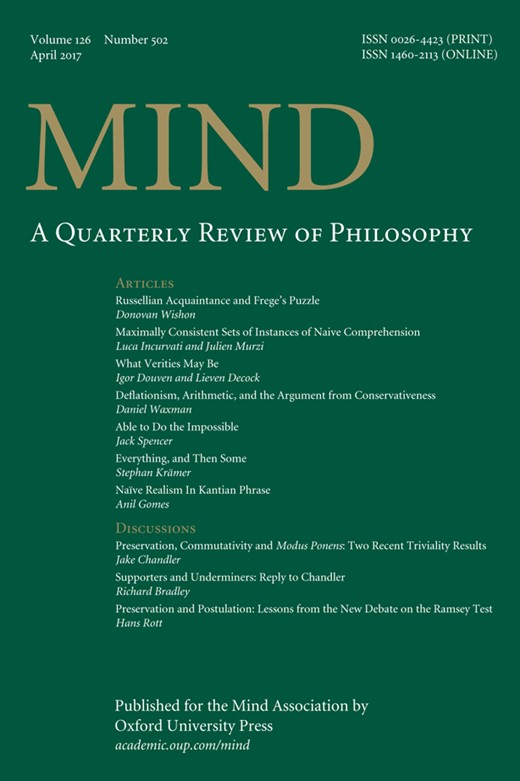-
Views
-
Cite
Cite
Ophelia Deroy, Aesthetics as Philosophy of Perception, by Bence Nanay., Mind, Volume 126, Issue 502, April 2017, Pages 635–643, https://doi.org/10.1093/mind/fzw073
Close - Share Icon Share
Extract
Imagine you are looking at a landscape. The dusk, calm and long, spreads across the grassy plain, the setting sun sheds strains of light beneath an old bridge, covering the land with blurry golden stripes. Whether this landscape is real or depicted on a canvas, the experience seems pretty special. Classically, we would call this an aesthetic experience, by contrast with the more mundane experiences you could have had if you simply kept walking, ignoring the evening shades altogether, or if you had looked at the bridge and wondered when it was built. As you stop and stare at the landscape, the experience seems not to be special in terms of the objects you perceive, but in the way you are ‘taking in’ the scene and its richness.
Defining what unifies and distinguishes these special, aesthetic cases from non-aesthetic ones constitutes one of the key problems of philosophical aesthetics. Nanay’s book, as its title suggests, sees the solution as lying with theories of perception — especially theories of attention, cognitive penetration, and mental imagery. Add to this that theories of perception, as Nanay conceives them, need to be connected to cognitive neuroscience, and you can see that the broader ambition of the book is to help make the problem of the aesthetic difference more tractable in experimental ways.



